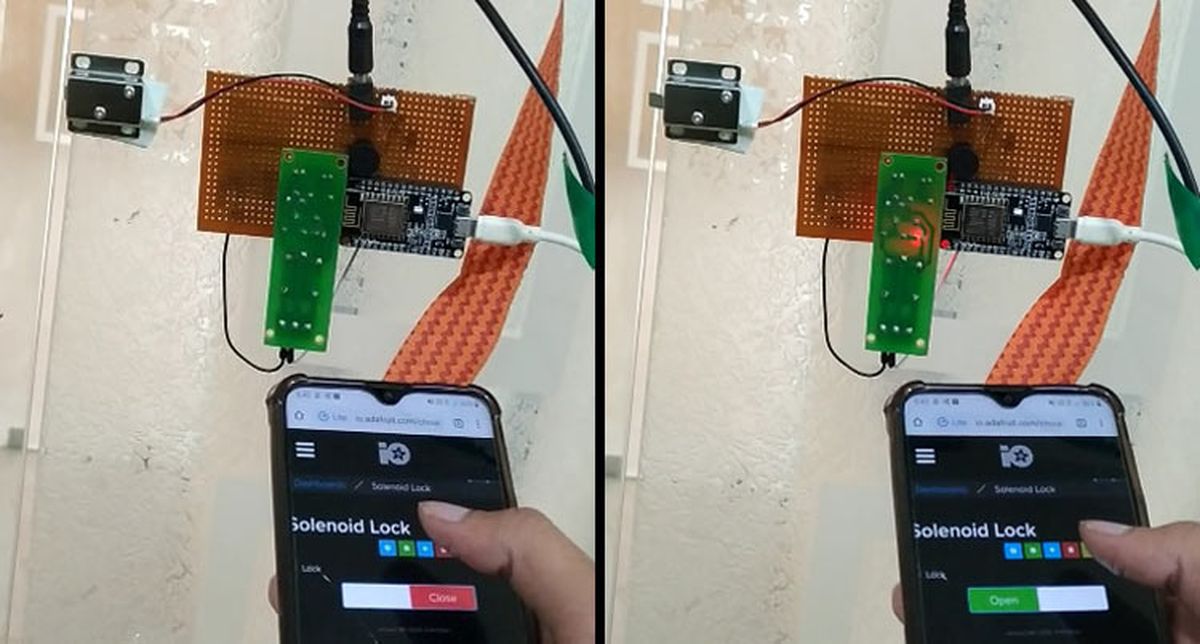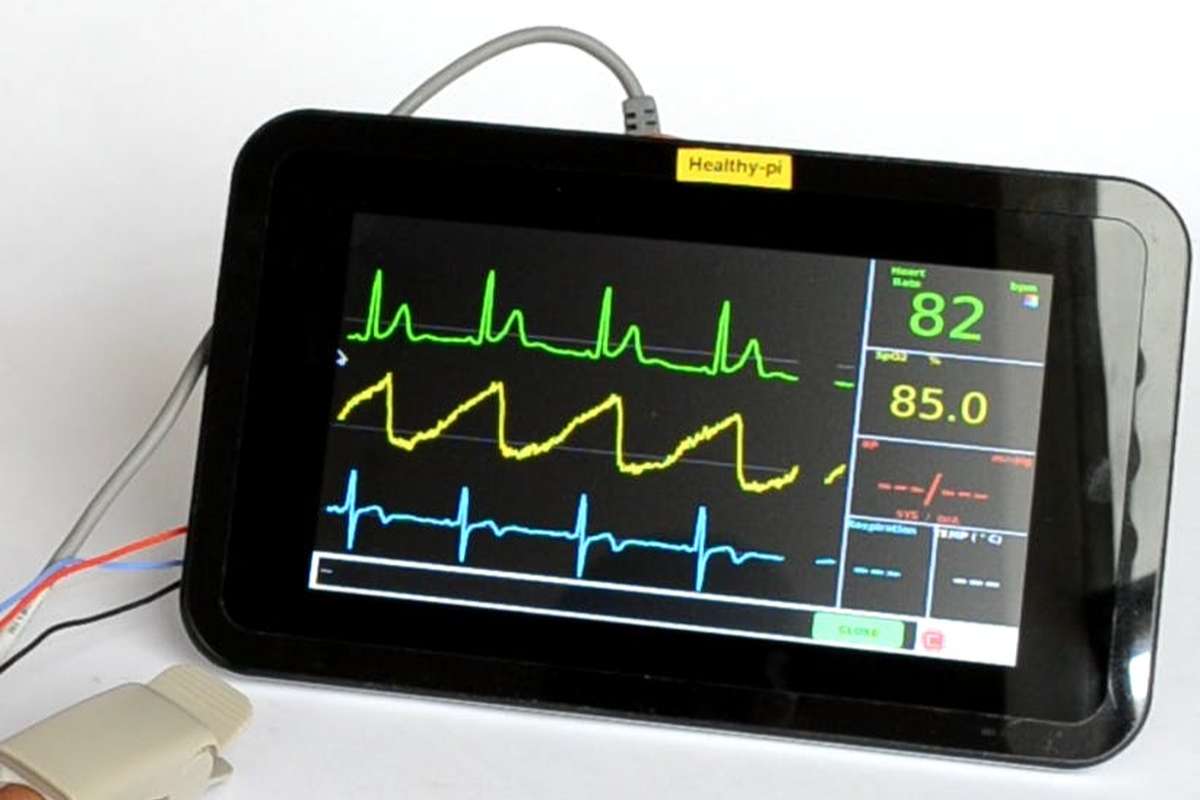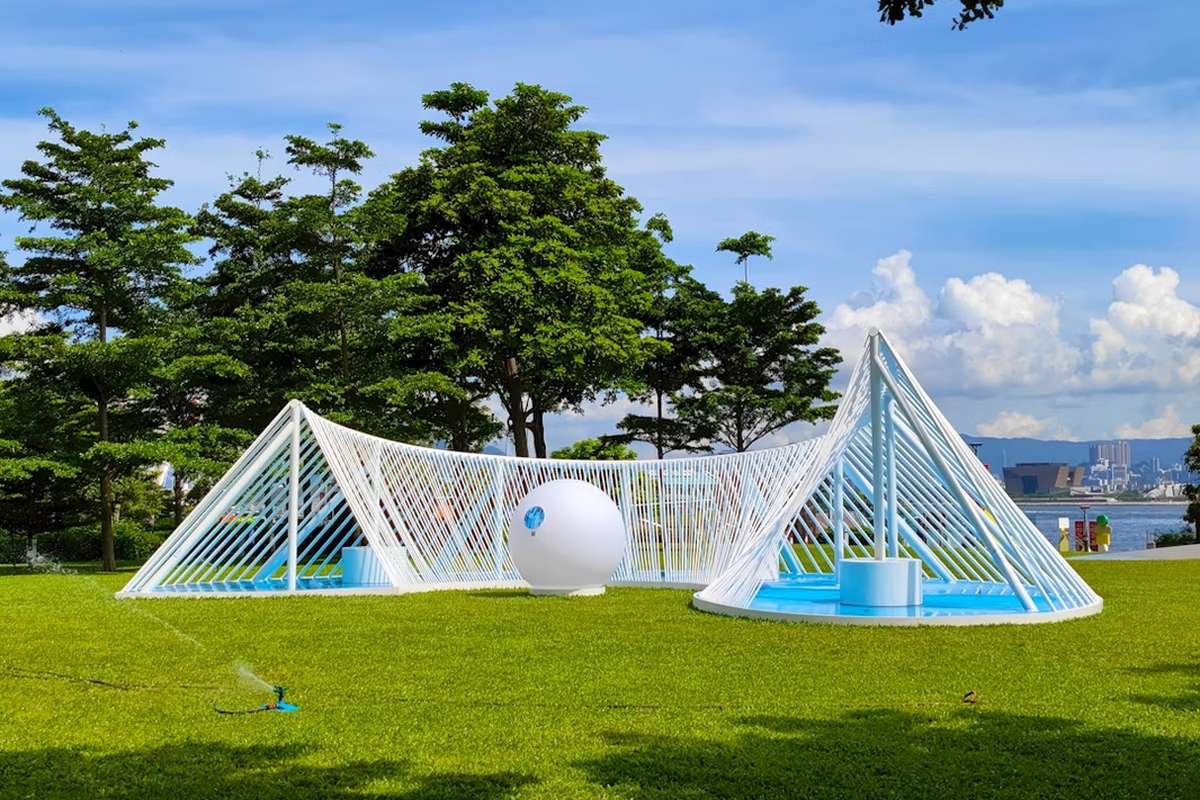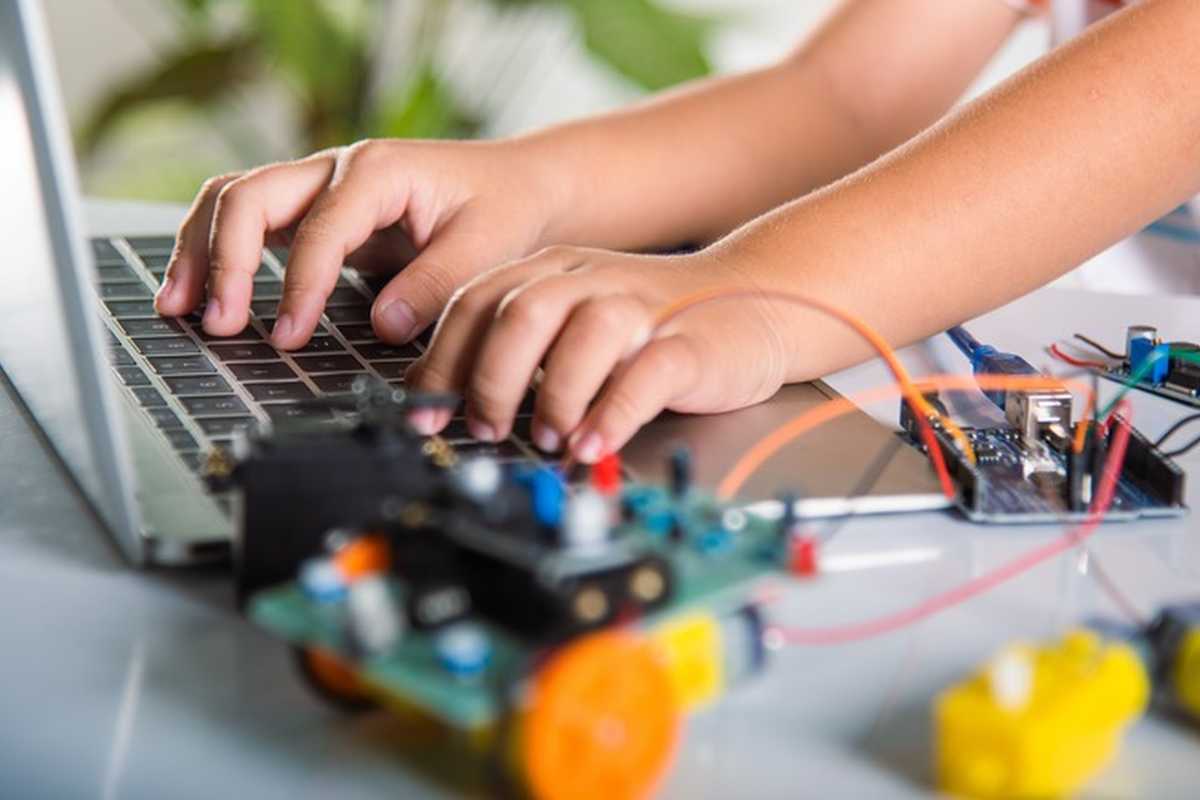In our modern world, everything seems to connect to the internet somehow. Have you ever thought about making your own smart gadgets? Well, now you can! With some simple tools and a bit of creativity, you can create your own Internet of Things (IoT) projects right at home.
These projects use open-source tools, which means they’re free to use and adapt however you like.
In this article, we’re going to explore 8 DIY IoT projects that are not only fun to build but also teach you a lot about how technology works. Whether you’re a beginner or an experienced hobbyist, there’s something here for everyone to enjoy!
Let’s get started.
Smart Home Automation with Raspberry Pi and Home Assistant

Transforming your home into a smart haven is now easier than ever with the combination of Raspberry Pi and Home Assistant.
Raspberry Pi serves as the central hub that runs the Home Assistant software which then manages various smart devices and automates routines. With Home Assistant’s open-source platform, you have the flexibility to integrate a wide range of compatible devices, including smart bulbs, switches, thermostats, and sensors.
By setting up automation and triggers within Home Assistant, you can tailor your smart home experience to suit your needs and preferences.
For example, you can create routines that turn off lights and lower the thermostat when everyone leaves the house, or schedule lights to gradually dim in the evening for a cozy ambiance.
The intuitive user interface of Home Assistant allows you to monitor and control your smart home from anywhere using a smartphone or computer, providing you with convenience and peace of mind.
Weather Station with Arduino and ThingsBoard

Building your own weather station is a rewarding project that not only offers insights into local weather patterns but also provides valuable experience in sensor integration and data visualization.
Arduino microcontrollers which are paired with various weather sensors such as temperature, humidity, and barometric pressure sensors form the backbone of the weather station. These sensors collect real-time data, which is then transmitted to the ThingsBoard IoT platform for storage and visualization.
ThingsBoard’s open-source nature allows for customization of the dashboard, enabling you to display weather data in a format that suits your preferences. You can monitor current weather conditions, view historical data trends, and even set up alerts for extreme weather events.
Whether you’re an amateur meteorologist or simply curious about the weather in your area, this DIY weather station project offers a fun and educational way to explore the world of IoT and data analytics.
Smart Garden Irrigation System with ESP8266 and Blynk

Keeping your garden lush and healthy can be effortless with a DIY smart garden irrigation system powered by ESP8266 microcontrollers and the Blynk app.
By integrating soil moisture sensors with irrigation valves, you can create an automated watering system that ensures your plants receive the right amount of water at the right time. The ESP8266 microcontroller communicates with the Blynk app via Wi-Fi. As a result, you can remotely monitor soil moisture levels and control irrigation schedules from your smartphone.
Additionally, you can set up push notifications to alert you when the soil moisture falls below a certain threshold, ensuring that your plants never go thirsty. With the flexibility of Blynk’s open-source platform, you can customize the user interface to display real-time sensor data and adjust watering settings with ease.
Whether you’re a seasoned gardener or just starting out, this DIY project offers a convenient solution for maintaining a thriving garden year-round.
Home Energy Monitoring with OpenEnergyMonitor

Taking control of your energy consumption is made possible with OpenEnergyMonitor, an open-source energy monitoring system that provides valuable insights into your household’s electricity usage.
The system consists of current sensors, which are installed on your home’s electrical circuits to measure energy consumption in real time. These sensors communicate with the OpenEnergyMonitor platform where the data is processed and displayed in easy-to-understand graphs and dashboards.
By visualizing your energy usage patterns, you can identify areas of inefficiency and implement strategies to reduce your carbon footprint and save money on utility bills.
With the ability to track energy usage over time and compare data across different appliances and circuits, OpenEnergyMonitor empowers you to make informed decisions about energy conservation and efficiency upgrades.
So whether you’re motivated by environmental concerns or simply looking to cut costs, this DIY energy monitoring project offers a practical solution for monitoring and managing your home’s electricity consumption.
DIY Smart Lock with ESP32 and MQTT

Enhance your home security with a DIY smart lock system that allows for remote access control and monitoring using ESP32 microcontrollers and the MQTT protocol.
By integrating a servo motor with a traditional door lock mechanism, you can create a smart lock that can be operated remotely via smartphone or computer. The ESP32 microcontroller serves as the brain of the system, communicating with the MQTT broker to send and receive commands from the user interface.
With MQTT’s lightweight messaging protocol, you can achieve real-time communication between the smart lock and your preferred IoT platform or mobile app.
Additionally, you can implement advanced features such as time-based access permissions. With security being a top priority, the DIY nature of this project ensures that you have full control over the hardware and software components.
Personal Health Monitor with Raspberry Pi and InfluxDB

Monitoring your health metrics at home has never been easier with a DIY personal health monitor powered by Raspberry Pi and InfluxDB.
By integrating various sensors such as heart rate monitors, blood pressure cuffs, and pulse oximeters with the Raspberry Pi, you can collect real-time data on vital signs. This data is then stored and visualized using InfluxDB, a time-series database.
This way, you can track trends over time and identify any abnormalities.
With the ability to customize dashboards and set up alerts for critical values, you can stay informed about your health status and take proactive measures to maintain wellness.
Aquaponics System with Arduino and Cayenne

Combine the principles of aquaculture and hydroponics to create a sustainable ecosystem with a DIY aquaponics system controlled by Arduino and the Cayenne IoT platform.
Aquaponics systems leverage the symbiotic relationship between fish and plants, where fish waste provides nutrients for plant growth, and plants help filter and clean the water for the fish. By integrating sensors for monitoring water quality parameters such as pH, ammonia levels, and temperature, you can ensure optimal conditions for both aquatic life and plant cultivation.
The Arduino microcontroller communicates with the Cayenne platform to visualize sensor data, automate tasks such as nutrient dosing or water level regulation, and receive alerts for any deviations from ideal conditions.
Smart Pet Feeder with ESP8266 and Thingspeak

Never worry about missing a meal for your furry friends again with a DIY smart pet feeder controlled via the internet.
Using an ESP8266 microcontroller and the Thingspeak IoT platform, you can automate feeding schedules and monitor food levels remotely. The ESP8266 communicates with servo motors to dispense precise amounts of food according to preset schedules or on-demand triggers from the Thingspeak app.
By integrating sensors to detect food levels in the feeder, you can receive notifications when it’s time to refill the food reservoir, ensuring that your pets are always well-fed.
Whether you’re away from home for long periods or simply want to simplify your pet care routine, this DIY smart pet feeder offers convenience and peace of mind knowing that your pets’ nutritional needs are taken care of, even when you’re not there.
Conclusion
These DIY IoT projects offer a glimpse into the endless possibilities of open-source tools for creating smart devices and automation solutions. Regardless if you’re a novice or an experienced maker, experimenting with these projects can be both educational and rewarding.
So roll up your sleeves, grab your soldering iron, and start building your own IoT creations today!

